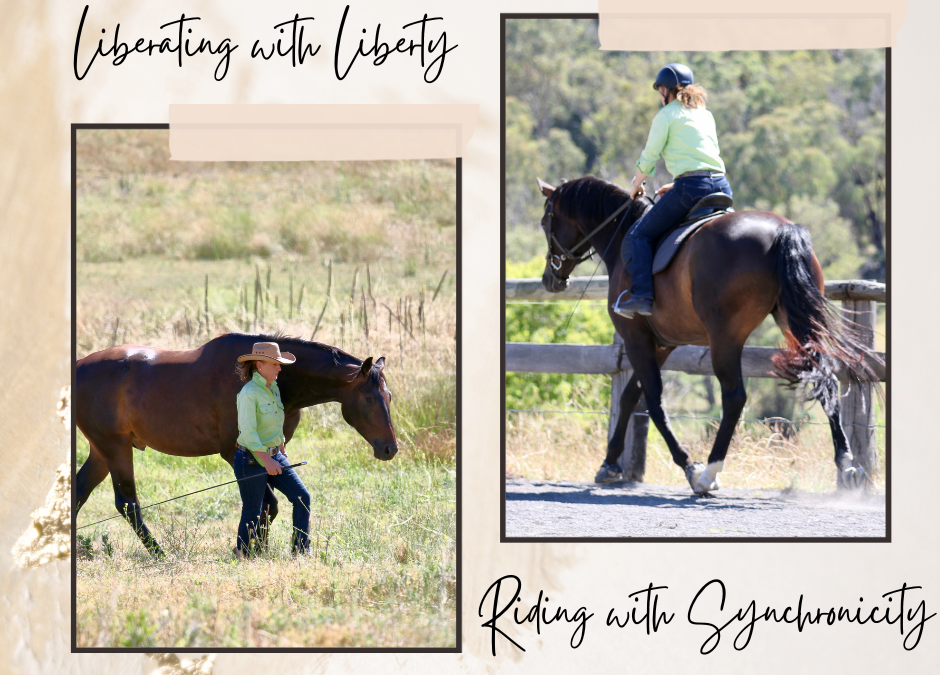COURSE 1 – FEB. 6-8
LIBERATING WITH LIBERTY
POSITIVE REINFORCEMENT & MARKER TRAINING
POSTURAL DEVELOPMENT & BIOMECHANICS
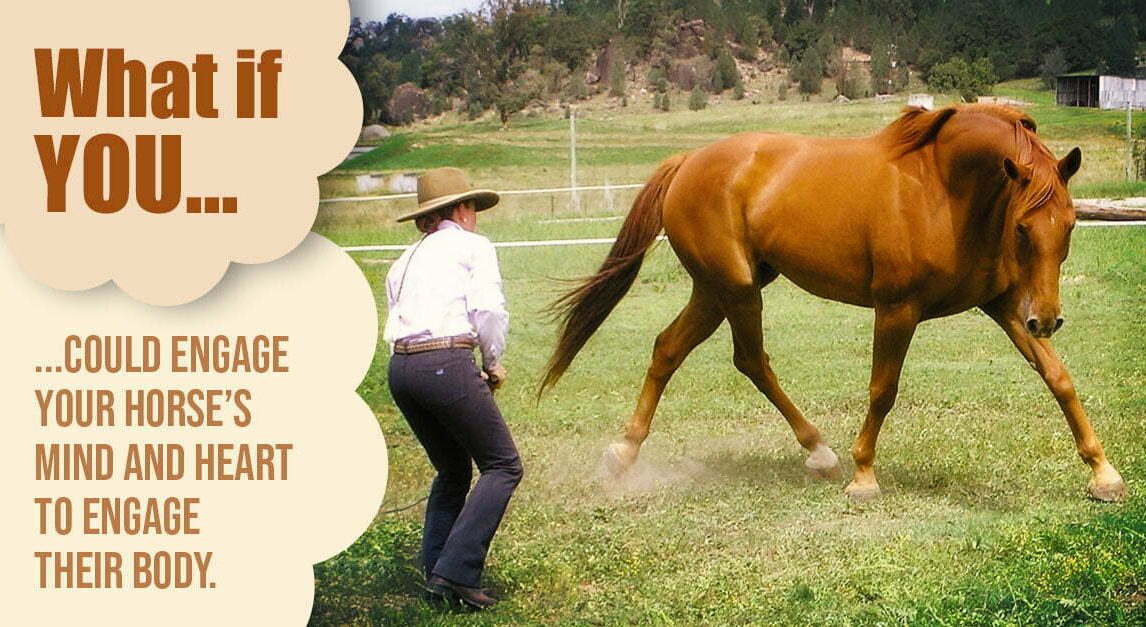
Where and When:
Sally Rosin’s Place
Melrose Park
1 Melrose Drive
Bathurst, NSW
Feb 6-8
9:00 – 5:00/5:30
LIBERATING with LIBERTY
Prerequisites for this course...
Developing skills to work with horses on the ground at LIBERTY, that is with no ropes attached, is a great thing to do. When we are catching a horse, before we get the halter on we are at liberty, some people might exercise their horses at liberty, others play with their horse at liberty just for fun, and others do tricks or exhibitions at liberty. For me what is important about liberty is that it truly gives horses choice. That means that the horses are not pressured when they leave or coerced into staying because of the consequences that occur if they do leave. This also extends to no “pressure” when they don’t look at you or don’t “face up” as it is often termed, when teaching horses to be caught. I might do something small to get their attention – gently wave a flag, scuff my boot or tap my leg, but this is not strong pressure. I do it in a fun way – so it’s a mind game.
A lot of liberty that I see demonstrated or taught does not fit my criteria for liberty. Much liberty is trained with a lot of pressure, coercion and consequences for the horse. When we look at the horse’s body or look into their eye, if we see tension or a resigned, shutdown or otherwise unhappy look on their face that will indicate a horse that is not a joyful and willing participant.
So, if we are not going to use pressure or coercion how will we inspire the horse to be with us ?
Why would they want to be with us ?
CREATING CONNECTION by causing them to feel “GOOD”. There are MANY ways to do this. Inadvertently much of the time people are making their horse feel “Bad”. Our energy, feel, timing, mental & emotional state and the activities that we ask the horse to do all cause our horses to either feel GOOD or feel BAD. Are we over facing or overwhelming them or being repetitive and boring, asking them too much physically and causing them to be physically uncomfortable? Are we causing our horse to feel stressed or uncomfortable or at peace, comfortable and stimulated ? CREATING CONNECTION because the horses know we know them and how they feel. And they know that WE CARE MORE about how they FEEL than achieving a task or outcome. Make it a MENTAL GAME Give your horse CHOICE Create CURIOSITY, be STIMULATING Use our ENERGY in a way in which we become like a MAGNET that draws them to us. Use FOOD – Yes food is a great motivator and also a great social connector. In humans, we often meet together to have a meal, go out to lunch, have coffee, have a cup of tea, go out to dinner. I usually don’t start liberty with food treats but as I advance things or use liberty to help train postural development, positive reinforcement with food is helpful in making it very clear to the horse what I am looking for and motivates them to practise repetitive things. I often hear people say – “they are only doing it for the food”. Whilst that is not actually the truth when we use food well, even though it is very motivating, I would rather my horses do it because of food than because of the “stick” or negative consequences which is most commonly what we see. If people didn’t have sticks or other ways to pressure horses most horses wouldn’t do the things they ask. For my horses if they don’t like something for whatever reason, food is not going to get them to do it. If things get too hard, too scary or too uncomfortable they just walk away. Food doesn’t keep them there. There has to be something in it for them – either Intrinsic motivation (feeling good on the inside. eg. safe, relaxed, stimulating) or Extrinsic motivation (coming from the outside, eg. in humans a pay cheque, for the horse food or something else they like) or a combination of both these motivations. Connection with us, stimulation – mental, emotional or physical stimulation, and play (also a form of stimulation) are all Intrinsic motivators. Food is an extrinsic motivator but it too also leads to intrinsic motivation by various means. This course will teach about both intrinsic and extrinsic motivations.Giving horses CHOICE is a big motivator just in itself.CHOICE is a powerful motivator and reinforcer. The more we employ the horse’s “seeking system”, that is, having them seeking (wanting to move towards) something positive as opposed to them moving away from something they don’t like – discomfort or any aversive, the more relaxed, calm, happy and willing a horse will be. The “seeking system” stimulates the parasympathetic nervous system, which brings the horse into relaxation, rest and digest mode and social engagement or “connecting” mode. Its opposite, using discomfort, pressure or aversives, stimulates the sympathetic nervous system which puts the horse in the flight, fight or freeze survival modes which does not lead them to building connection or social engagement and they definitely are not going to be feeling happy, playful or joyful. So pressuring techniques (even with low grade pressure) don’t result in the most positive outcome or relationship with your horse whatever we are doing, so it is especially not going to inspire your horse to want to be with you at liberty. Find the answers here...
WHY MIGHT WE NEED OR WANT TO WORK WITH HORSES AT LIBERTY...be sure to read this as you might be surprised just how important and powerful it can be to include liberty in your training program
- Catching – As already stated when we are catching our horses (before we get the halter on) we are working or interacting with them at liberty. We might have horses that are hard to catch for various reasons in which case we may need some options or more advanced skills for catching.
- Real Choice leads to a great Relationship – Liberty, done in way that truly gives choice is very relationship building. It is very liberating and empowering for the horse to “truly” have choice because mostly horses feel like they have no choice. Much of the time when people think they do give the horse a choice there are negative consequences if the horse doesn’t choose the right answer. This is not real choice. If no is not an option, that is not real choice.Good horsemanship is about getting to the source of why we got a no and resolving that issue and or “Talking them into it, not forcing them into it”.Many horses, once caught, become resigned to the fact that once the halter is on they have to do whatever the human wants, whenever they want. The halter puts most horses into a state of learned helplessness. Their choice or freedom of speech and ability to have an opinion and communicate that opinion is gone or greatly diminished. For many horses this learned helplessness began the first time the little foal had a halter on. For me the real power of liberty is giving horses back freedom and choice. It is not just about being able to do “tricks” with your horse or having an obedient horse.
- Teaching new things – If you teach or introduce your horse to new things at liberty you will clearly know if you are over-facing them or going over their threshold because they will leave. When we go over threshold we induce stress, if they can leave in this moment the stress is reduced. When haltered and the horse feels they can’t get away, the stress is internalized and we have built an association with us and “that thing” to stress. This is relationship destroying. It is not always safe or possible to introduce new things at liberty but it is good when we can. When we can’t, we need to be extra vigilant about observing the horse to notice if we are going over threshold.
- Expression, Playfulness, Spectacular Movement – Horses will often be more expressive, playful and exuberant at Liberty because they feel free to express themselves both positively and negatively. Expressing themselves more positively leads into playful exuberance and better movement. When a horse’s true “play drive” comes up (meaning there is no tension, fear or stress mixed in there as well) they will move in the most engaged, collected way that they are physically capable of. In fact, quite often, because of the biochemistry related to excitement and joy, they will over-ride their physical limitations and move above and beyond what they are physically developed muscularly to do, so their body gets an experience of what a really powerfully engaged body moving with optimal biomechanics feels like.When horses truly play, remembering that true play means the absence of fear or stress, that is when in nature we see them the most correctly engaged. In pure play they use their body in the same way they need to when they carry a rider or do high level dressage movements. A lot of the time people don’t see horses in pure play. Much of the time when horses play they are also tense, because they got spooked first and that initiated the play or their default way of being is so strongly grounded in stress or tension. In these cases they are half playing and half worried and we don’t see optimal biomechanics for engagement and collection – their back is often hollow, the tail and the head are set high and the pelvis and hindlegs disengaged.The movements of high level dressage eg collected gaits and passage and piaffe, are movements that horses naturally do when they play. So to my way of thinking, having the horses perform to their highest potential in these movements requires that they feel playful, not resigned, robotic or just going through the motions to avoid aversives. Liberty is one of the ways horses can first experience “true play” with a human. This makes it a very valuable training tool when it is done without pressure.
- Just for Fun – Liberty is often a good thing to do just because it is fun. We can really experience the feeling of the “Boy and the Black stallion” playing on the beach at liberty.
- Skill Development – Liberty is a great way to develop or check your connection and communication (body language and energy) skills. We need to be more precise and clear with the safety net of the lead rope gone.
- Variety – It is something different and another way to exercise your horse
- Tricks or exhibition or demonstration – You could use liberty for this and there is nothing wrong with that if it is done in a positive way for the horse, but hopefully you have realised that liberty is not just a trick or about teaching your horse tricks. The measure of a horseman or horsewoman is not about their ability to have an obedient horse that is too scared to leave and does a bunch of tricks, but rather the quality of connection, communication, communion, softness, joy and pleasure that the horse and human experience together in either just being or in doing something together.
So if you are ready to liberate your horse and yourself with liberty this course will get you started or help you advance and get more joyful enthusiasm from your horse.
POSITIVE REINFORCEMENT AND MARKER TRAINING.
Maybe you know it as clicker training – and it is often associated with just doing tricks with your horse but this is not about just doing tricks.
When used well, and to honest this requires a very high level of skill to be used well, because you really have to use psychology, you really have to think and you really have to be aware. You have to be a lot smarter. To be honest, in my past, I scoffed at clicker trainers with horses – thinking that is what people with no real horsemanship skills do. I was later enlightened when I explored it and started to really understand. It is something that I have been playing with for probably around 8 years now maybe even more, so I have had lots of time to experiment with different horses and explore how to implement and integrate it and where and when it best fits. It is an extremely powerful teacher, motivator and uses SO much psychology. I look forward to sharing this great subject with you.
POSTURAL DEVELOPMENT
It is an ongoing thing that we want to keep improving. Working on our horse’s physical body and balance (and our own) is just as important as the mental and emotional aspects.
I have made a lot of evolvements in this area – making BIG changes in the horses and it is doing simpler things. You can’t get better than that !!! Liberty and Positive Reinforcement and Marker Training can be used to really accelerate their physical development so we are adding that into this course.
Can’t wait to share it all with you !!!
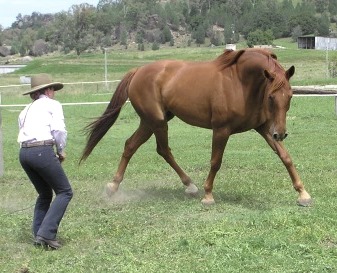

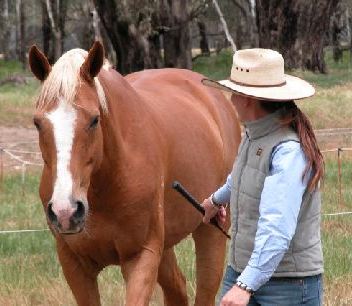
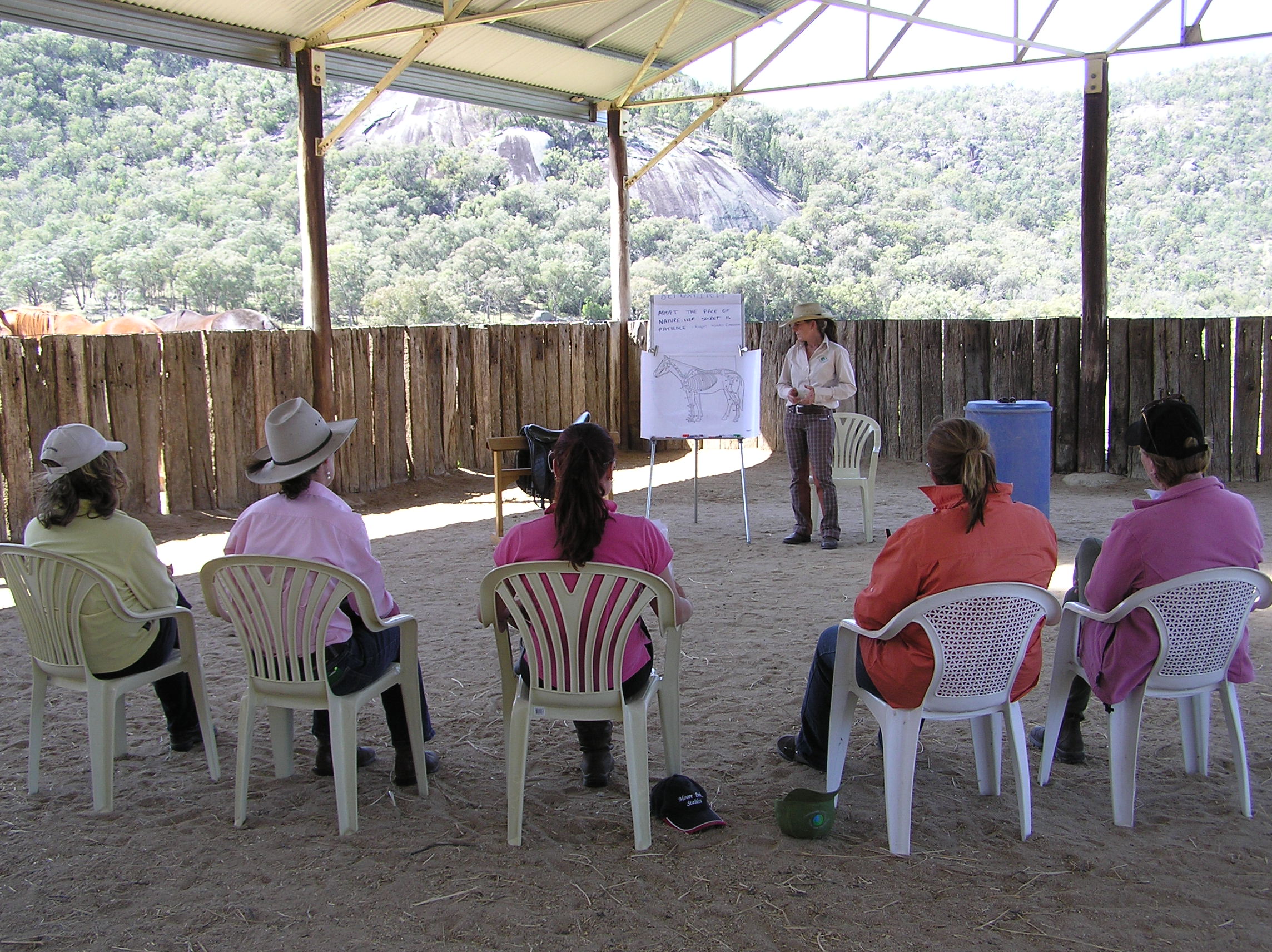
Come along with or without your horse.
Of course if you can bring your horse along your learning will be maximized as nothing beats hands on experience and having direct feedback from a supportive instructor to accelerate your learning. However the other option for attending these courses is to come and participate without a horse, in which case you would actively participate in all of the theory sessions, Q & A sessions, most simulations as well as watch the demonstrations and observe those with horses practice the techniques. People coming without their horses are not just fence sitters. All of these “non-hands on” with horses sessions actually make up a big percentage of this course so the fee is priced appropriately.
Investment Come with your horse for 3 days
EB (early bird) Price – $615 if 50% is paid before Jan 26th.
After that FULL PRICE is $715.
Horse spots are limited to 8 so get in quick.
The cost to come without your horse for the 3 days is $225 ($75/day) EB price – if paid before Jan 26th. After that the price will be $255 ($85/day).
PLEASE NOTE: No stallions without prior permission. For questions regarding the course content, horsemanship or eligibility for the course contact Mel 0428 385 745 mel@melfleming.com
Please scroll down for booking forms.
‘Functional Saddling’ consultations, BALANCE saddles, Private lessons & Bodywork sessions –
PRIVATE SESSIONS are usually available the day after the course or sometimes in the morning or late afternoon of the course days. Make sure you book these in advance, especially if you are interested in the saddle fitting so I am sure to have the saddles/pads with me that may be required and I allow enough time to fit you in.
Find out more details about these sessions
.
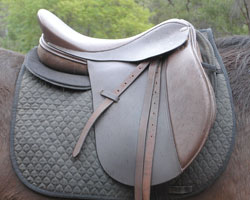
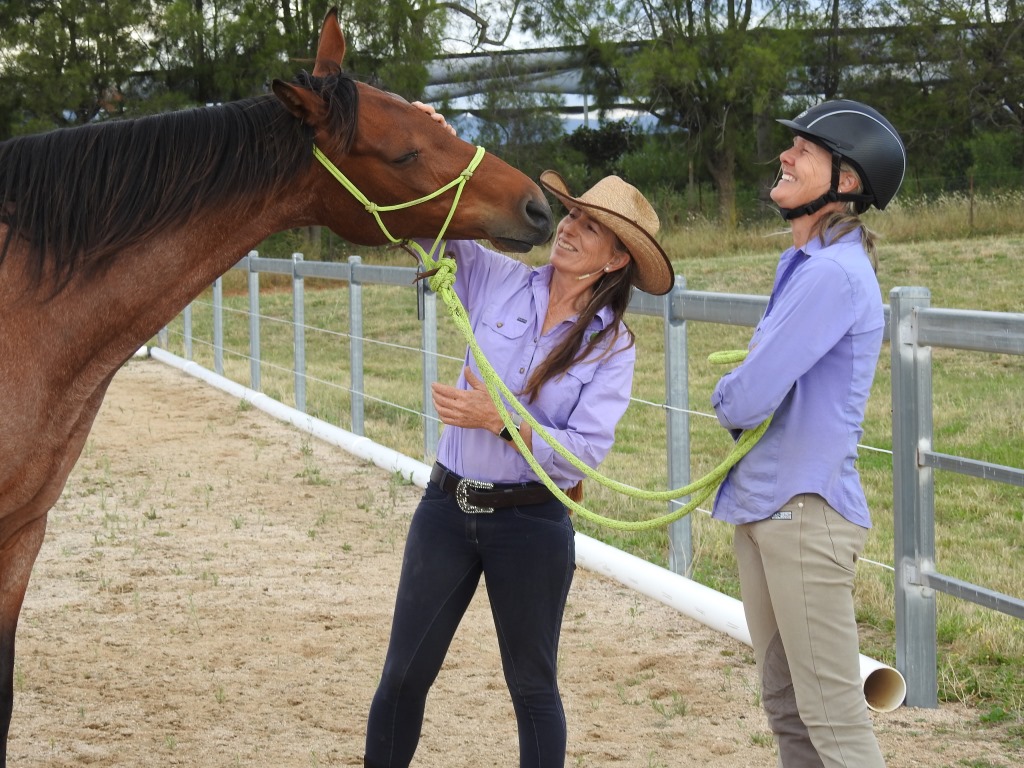

Register on line
To register scroll all the way down to the bottom of the page to find the booking form button. If you wish to book for more than one course you can just fill out one registration form and put all the courses on that one form.
COURSE 2 – FEB. 9-11
RIDING WITH SYNCHRONICITY – MULTI LEVEL
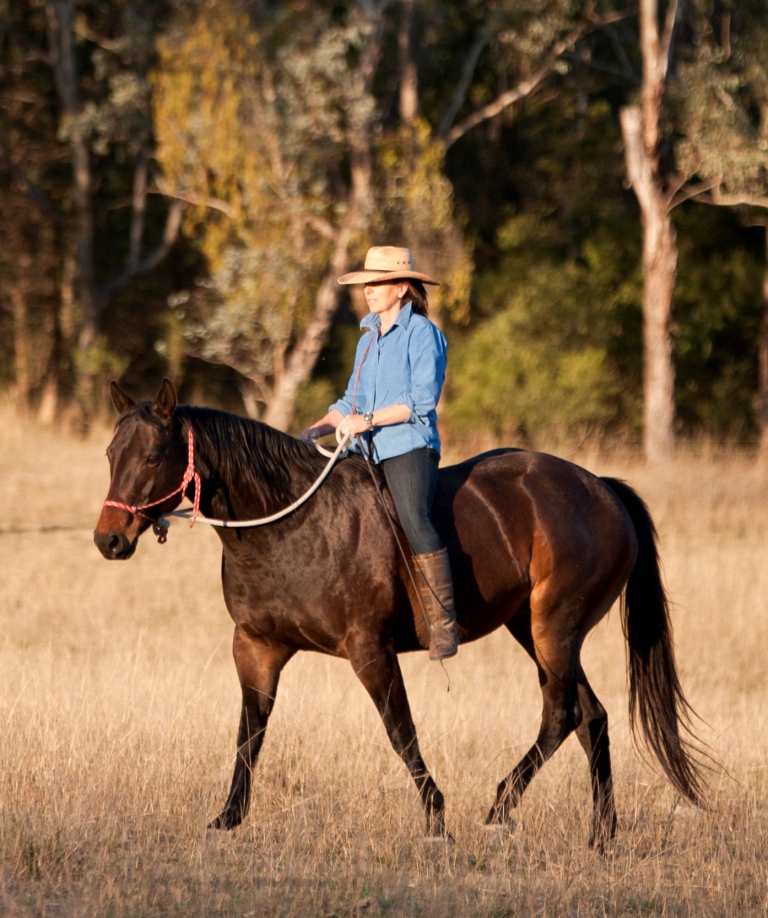
The Postural Development and Biomechanics Groundwork Course and the Advancing Groundskills Courses are beneficial to have done first but not essential if you already have a calm, connected horse with no extreme postural issues.All horses must already be started under saddle. No stallions without permission.If the rider is very inexperienced or very unconfident please check with me before booking so we can make sure this course is right for you and we can make sure we can accomodate your needs.Prerequisites for this course...
‘Riding with Synchronicity’ means to ride in perfect synchronicity and harmony, becoming like a centaur where you become part of the horse and the horse becomes part of you. To achieve this we need to understand the horse’s physical body and the biomechanics of how their body works. It is vitally important for horses to be ridden in correct posture and biomechanical balance if they are to enjoy the experience, stay sound, be healthy and reach their highest athletic potential.
Learn more about the course content...
There are some common principles that are found at the highest levels in all great sports people – athletes, martial artists or dancers – these principles also apply to horsemanship and riding. I have learned these principles through feldenkrais and martial arts, as well as what I have learned with horses. These principles lead us to riding in complete balance and harmony with the horse and without any brace or resistance to the horse. They include being centered, aligned and using our body in a fluid and unified way – this occurs when we are relaxing completely – the opposite of being in a state of contraction or tension. The techniques presented will lead to you becoming more balanced and that means safer and more comfortable in your riding, as well as allowing your horse to move with healthy biomechanics. Healthy biomechanics not only allow your horse to reach their highest athletic potential in performance but also result in them being calmer, happier, having less resistance and staying sound. To achieve these aims, the course includes some non-horse sessions – mind and body awareness and body balancing exercises. I am very excited to share all of this with you. It will be a game changer for you.
This is FEEL GOOD HORSEMANSHIP – it causes horses and humans to FEEL GOOD !!!
When and where:
Sally Rosin’s Place
Melrose Park
1 Melrose Drive
Bathurst, NSW
FEB. 9-11
9:00 – 5:00/5:30
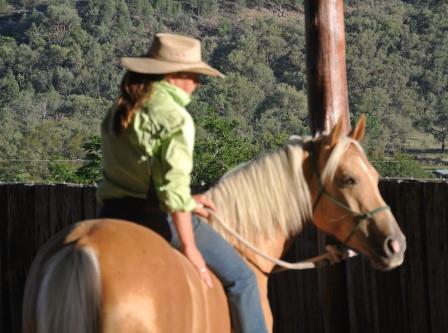
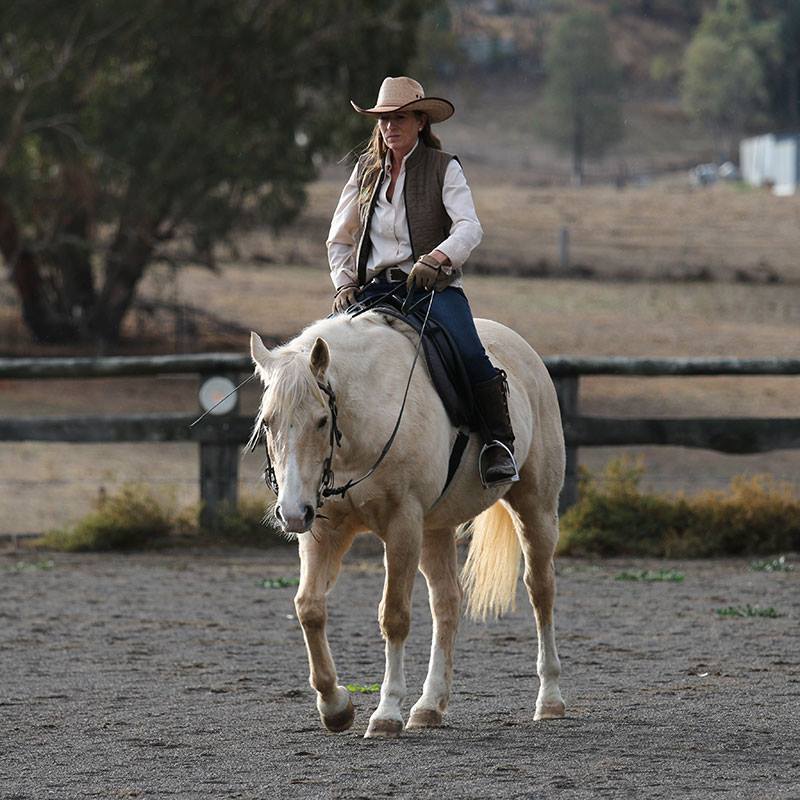
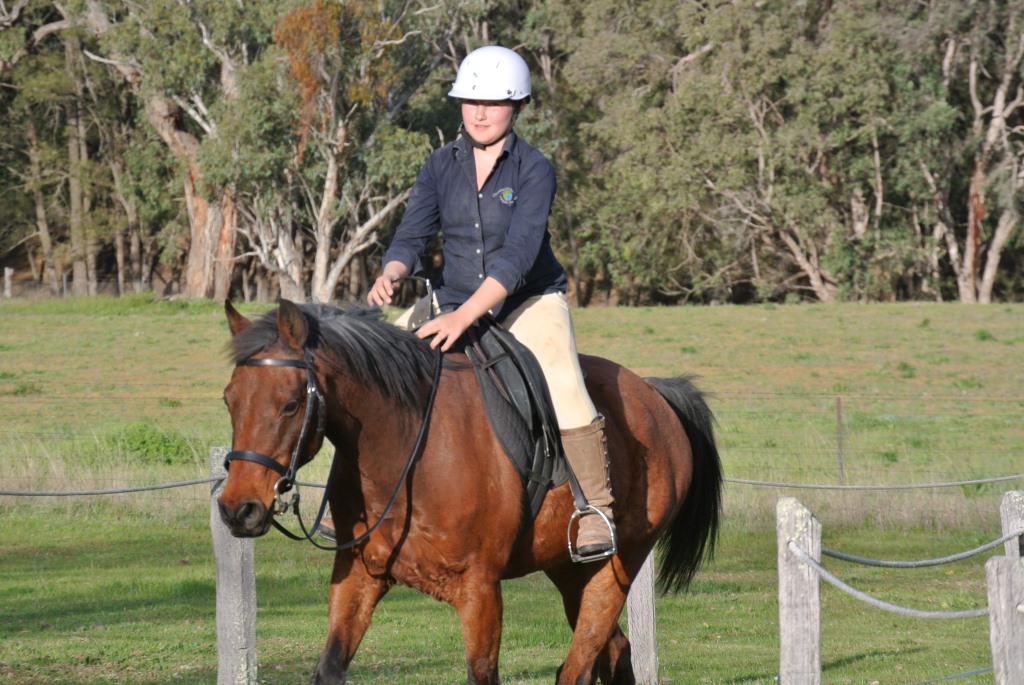

Come along with or without your horse.
Of course if you can bring your horse along your learning will be maximized as nothing beats hands on experience and having direct feedback from a supportive instructor to accelerate your learning. However the other option for attending these courses is to come and participate without a horse, in which case you would actively participate in all of the theory sessions, Q & A sessions, most simulations as well as watch the demonstrations and observe those with horses practice the techniques. People coming without their horses are not just fence sitters. All of these “non-hands on” with horses sessions actually make up a big percentage of this course so the fee is priced appropriately.
Investment Come with your horse for 3 days
EB (early bird) Price – $615 if 50% is paid before Jan 26th.
After that FULL PRICE is $715.
Horse spots are limited to 8 so get in quick.
The cost to come without your horse for the 3 days is $225 ($75/day) EB price – if paid before Jan 26th. After that the price will be $255 ($85/day).
PLEASE NOTE: No stallions without prior permission. For questions regarding the course content, horsemanship or eligibility for the course contact Mel 0428 385 745 mel@melfleming.com
Please scroll down for booking forms.
‘Functional Saddling’ consultations, BALANCE saddles, Private lessons & Bodywork sessions –
PRIVATE SESSIONS are usually available the day after the course or sometimes in the morning or late afternoon of the course days. Make sure you book these in advance, especially if you are interested in the saddle fitting so I am sure to have the saddles/pads with me that may be required and I allow enough time to fit you in.
Find out more details about these sessions



VENUE DETAILS
Sally Rosin’s Place
Melrose Park
1 Melrose Drive
Bathurst, NSW
Contact Sally Rosin to find out all the details about the venue and overnight stay for horse and human.There is some onsite paddock spaces for horses during the day and night and an option to camp on site for you.
srosin1@bigpond.com
0409 228 537
